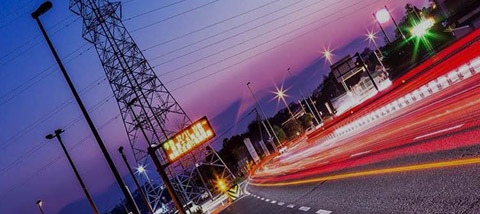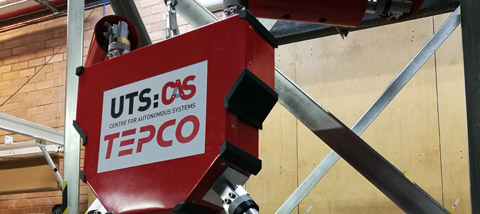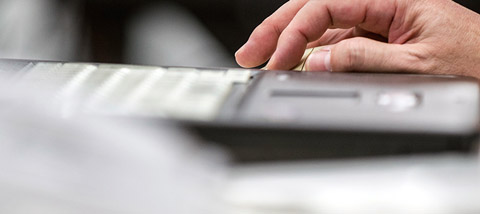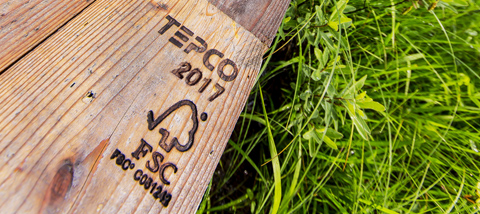The electricity generated in nuclear, thermal, and hydroelectric power plants is sent over transmission lines to substations, and delivered to customers as high-quality electricity via distribution lines and service lines.

Power Generation Facilities
The main types of power generation facilities are nuclear power plants, thermal power plants (LNG-fired, coal-fired, oil-fired, etc.), and hydroelectric power plants.
Besides, new energy sources include photovoltaic and wind power.
Here we will describe the workings behind nuclear, thermal, and hydroelectric power generation.
Hydroelectric Power Generation
Power Distribution Facilities
We continue to build efficient and reliable electric power networks while meeting the needs for high-quality electricity of stable voltage and frequency.
For our power transmission network, not only to fulfill the basic requirement of ensuring a reliable supply, we are aiming but also to establish the most efficient one. This includes installing million-volt transmission lines capable of carrying large amounts of electricity with minimal loss, as well as 500,000-volt cables for direct supply to large-lot users in central Tokyo.
For our distribution system, we are introducing automated distribution systems and providing 22,000-volt spot networks along with other interconnection options for high reliability, while carrying out scheduled maintenance for keeping equipment in prime condition throughout its lifetime.
Electric Power System Communication Facilities
A communication network is the nervous system of electric power facilities. It provides supply facilities with real-time power demand information, and power systems with protecting functions from accidents.
Electric Power System Communication Facilities
















